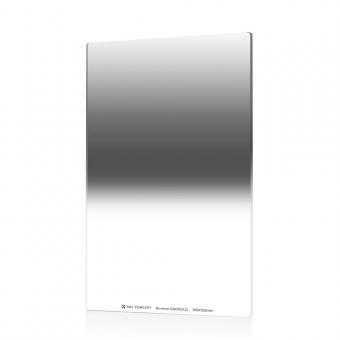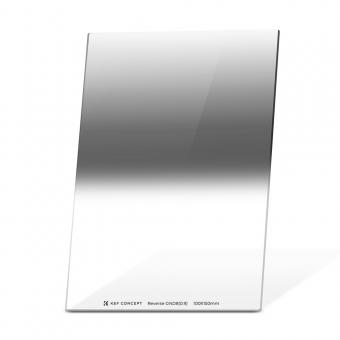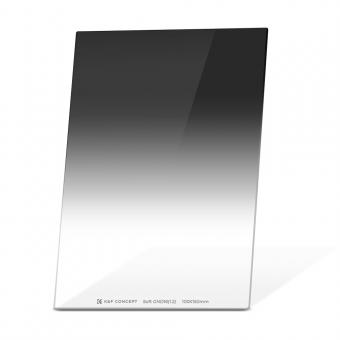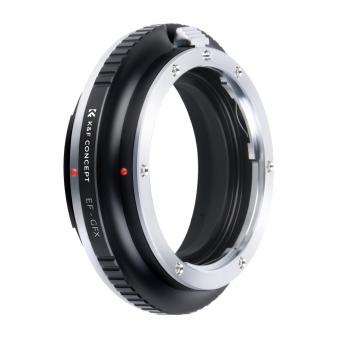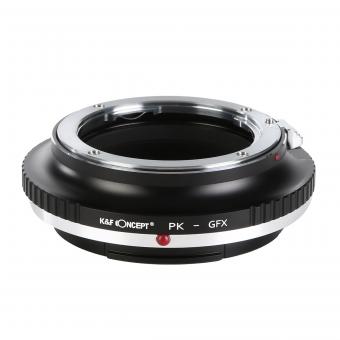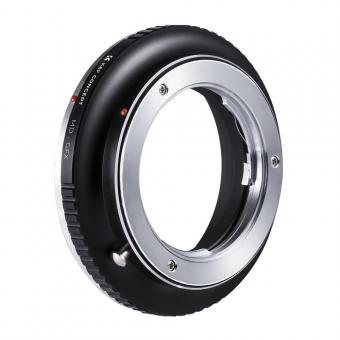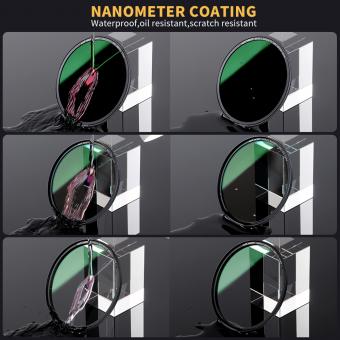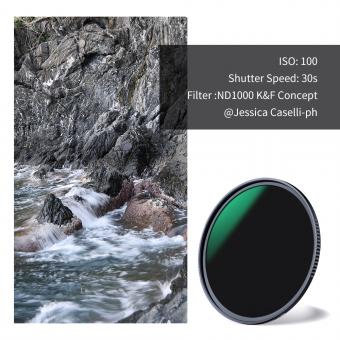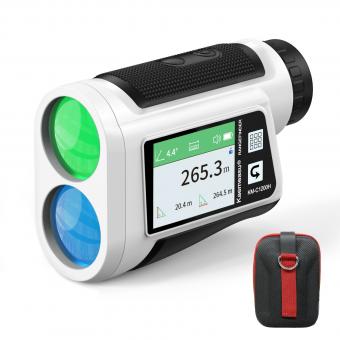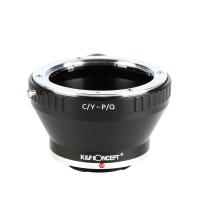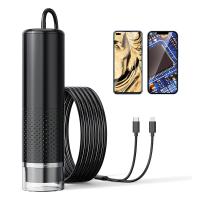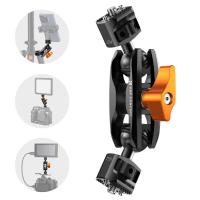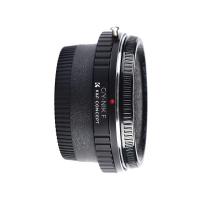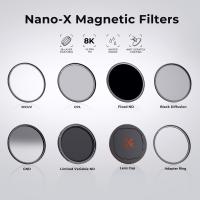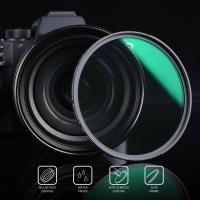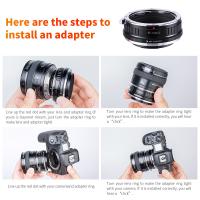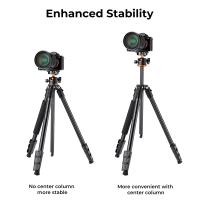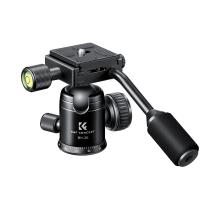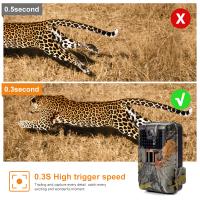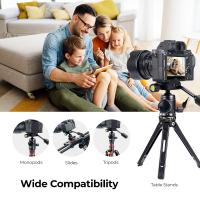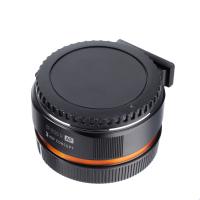Why Do Some Rangefinders Have 3 Lenses ?
Some rangefinders have three lenses to improve the accuracy and performance of the device. The three lenses are typically used in a rangefinder's optical system to help with focusing and distance measurement. The first lens gathers light and directs it towards the second lens, which then focuses the light onto the third lens. The third lens helps to further refine the image and ensure accurate distance measurement. By using three lenses, rangefinders can achieve better image quality and more precise distance calculations, resulting in improved overall performance.
1、 Optical design for improved accuracy and precision.
Some rangefinders have three lenses in their optical design to improve accuracy and precision. The three lenses work together to enhance the performance of the rangefinder and provide more accurate distance measurements.
The first lens, known as the objective lens, is responsible for gathering light and focusing it onto the second lens, called the reticle lens. The reticle lens contains a reticle pattern, which is used to measure the distance to the target. The reticle pattern can be a simple crosshair or a more complex grid pattern, depending on the rangefinder's design.
The third lens, known as the eyepiece lens, is responsible for magnifying the image and allowing the user to see the reticle pattern clearly. This lens also helps to adjust the focus of the rangefinder to ensure accurate distance measurements.
Having three lenses in the optical design allows for better light transmission and reduces the chances of distortion or aberrations in the image. This results in improved accuracy and precision when measuring distances.
In recent years, advancements in lens technology have further improved the performance of rangefinders. For example, the use of high-quality glass materials and advanced lens coatings can enhance light transmission and reduce glare, resulting in clearer and more accurate distance measurements.
Additionally, some rangefinders now incorporate digital technology, such as laser rangefinders, which use lasers to measure distances with even greater precision. These rangefinders combine the benefits of optical design with advanced digital algorithms to provide highly accurate distance measurements in various conditions.
In conclusion, the inclusion of three lenses in the optical design of rangefinders improves accuracy and precision by enhancing light transmission, reducing distortion, and allowing for clearer and more focused images. With the latest advancements in lens technology and the integration of digital features, rangefinders continue to evolve and provide even more accurate distance measurements for various applications.
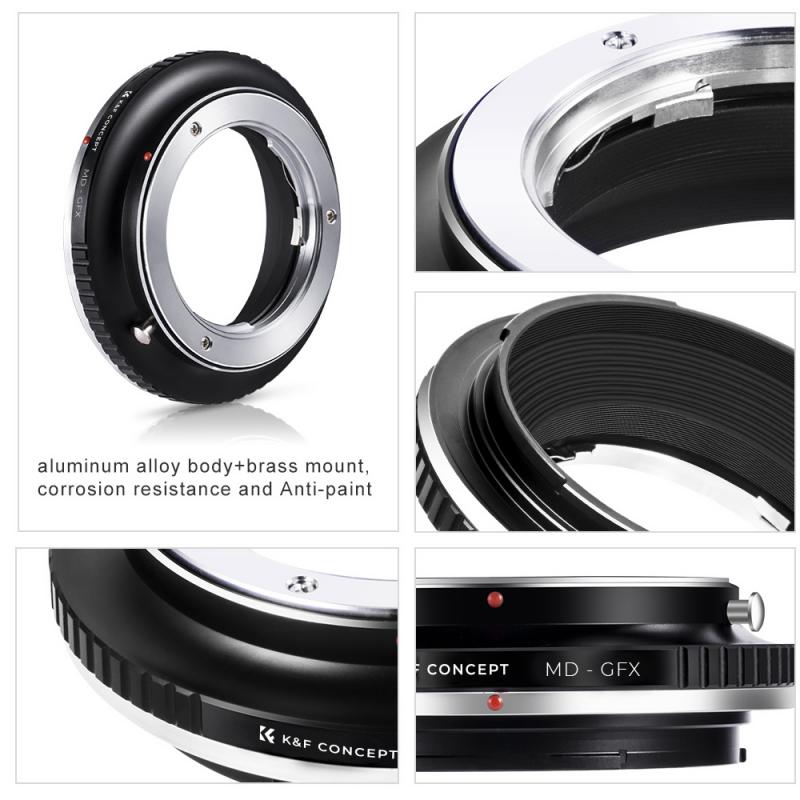
2、 Enhanced depth perception and distance measurement capabilities.
Some rangefinders have three lenses to enhance depth perception and distance measurement capabilities. The three lenses work together to provide a more accurate and detailed view of the target.
The first lens, known as the objective lens, is responsible for gathering light and focusing it onto the second lens, called the reticle lens. The reticle lens contains a reticle, which is a pattern of lines or dots that helps the user align the rangefinder with the target. This lens also helps to further focus the light before it reaches the third lens.
The third lens, known as the eyepiece lens, is where the user looks through to see the target. This lens magnifies the image and allows the user to accurately measure the distance to the target. By having three lenses, the rangefinder can provide a clearer and more precise image, making it easier for the user to determine the distance.
In addition to enhanced depth perception and distance measurement capabilities, the three lenses also contribute to improved image quality. The multiple lenses help to reduce aberrations and distortions, resulting in a sharper and more accurate image. This is particularly important when using the rangefinder for activities such as hunting, golfing, or surveying, where precise distance measurements are crucial.
Furthermore, advancements in lens technology have allowed for the development of rangefinders with even more sophisticated capabilities. For example, some rangefinders now incorporate laser technology, which emits a laser beam to measure the distance to the target. The three lenses in these rangefinders work in conjunction with the laser technology to provide highly accurate distance measurements.
In conclusion, the inclusion of three lenses in some rangefinders enhances depth perception and distance measurement capabilities. These lenses work together to provide a clearer and more accurate image, allowing users to determine distances with greater precision. With advancements in lens technology, rangefinders continue to evolve, offering even more sophisticated features for various applications.

3、 Reduction of parallax error for more accurate readings.
Some rangefinders have three lenses to reduce parallax error and provide more accurate readings. Parallax error occurs when the image seen through the viewfinder is not aligned with the actual target being measured. This can lead to inaccurate distance calculations.
The three lenses in a rangefinder work together to minimize parallax error. The first lens captures the image of the target and directs it to the second lens, which then focuses the image onto the third lens. The third lens, also known as the rangefinder lens, is responsible for aligning the image with the viewfinder.
By having three lenses, the rangefinder can ensure that the image seen through the viewfinder is accurately aligned with the target. This alignment reduces parallax error and allows for more precise distance measurements. Without this alignment, the rangefinder may provide inaccurate readings, especially when measuring objects at different distances.
In recent years, advancements in technology have led to the development of electronic rangefinders that use lasers or other sensors to measure distances. These devices often have multiple lenses to enhance accuracy. Additionally, some rangefinders now incorporate digital displays that provide real-time distance readings, further reducing the chances of parallax error.
In conclusion, the inclusion of three lenses in some rangefinders is aimed at reducing parallax error and improving the accuracy of distance measurements. This design feature ensures that the image seen through the viewfinder aligns with the actual target, resulting in more precise readings. With the continuous advancements in technology, we can expect further improvements in rangefinder accuracy in the future.

4、 Incorporation of multiple focal lengths for versatile usage.
Some rangefinders have three lenses because it allows for the incorporation of multiple focal lengths, which in turn provides versatile usage for photographers. Each lens serves a specific purpose and contributes to the overall functionality of the rangefinder.
The first lens is the objective lens, which captures the light and directs it towards the second lens, known as the beam splitter. The beam splitter then splits the light into two paths, one for the viewfinder and the other for the rangefinder mechanism. This allows the photographer to see the subject through the viewfinder while also measuring the distance to the subject through the rangefinder.
The third lens is the eyepiece lens, which helps to focus the image and provide a clear view of the subject. By incorporating multiple lenses, rangefinders can offer precise focusing capabilities and accurate distance measurements.
Furthermore, the inclusion of multiple lenses allows for the rangefinder to be used in various shooting scenarios. Different focal lengths provide different perspectives and allow photographers to capture a wide range of subjects, from landscapes to portraits. This versatility is particularly useful for photographers who require a compact and lightweight camera that can adapt to different shooting conditions.
In recent years, advancements in technology have led to the development of rangefinders with even more lenses, such as zoom lenses. These lenses offer adjustable focal lengths, allowing photographers to zoom in and out without compromising image quality. This further enhances the versatility of rangefinders and makes them suitable for a wider range of photography styles and preferences.
In conclusion, the incorporation of multiple lenses in rangefinders provides versatile usage by offering precise focusing capabilities, accurate distance measurements, and the ability to capture a variety of subjects. With the latest advancements in lens technology, rangefinders continue to evolve and cater to the diverse needs of photographers.



